Researchers have combined sugar alcohols with carbon nanotubes to create a material capable of storing renewable energy as heat.
Existing methods to capture CO2 suffer from a series of drawbacks directly affecting their output. Aiming to improve the situation, Dr. Sonia Zulfiqar has been investigating the CO2 absorption capacity of new materials based on amide polymeric ionic liquids.
Research partly supported through the EU-funded EXPEER project has found that plants are increasingly adapting to increasing atmospheric carbon dioxide (CO2), which could have important implications for global food security and nature conservation.
Businesses looking to cut costs and reduce their carbon footprint now have access to a new tool that evaluates the energy performance of data centres.
A new study has argued that major earthquakes, such as those that devastated Chile in 2010 and Japan in 2011, are more likely to occur during full and new moons – the two occassions during each month when tidal stresses are highest.
EU-funded researchers are studying how a changing climate affects hoverflies, which mimic bees and wasps, and the evolutionary consequences of these changes.
Located nearly 11 000 light years away, a recently discovered star could provide EU-funded astronomers with new clues as to how the universe’s most massive stars are formed.
The EU funded GEOPLATE project uses magnetic sensing techniques to expand our understanding of the earth’s tectonic past, while also offering tools to help locate future natural resources.
After cancer, heart disease or acute respiratory infections, scientists may have just lift the veil on another consequence of pollution on human health – Alzheimer’s disease. They found microscopic magnetic particles from air pollution in human brains and linked them to the production of free radicals, which are themselves linked to the infamous form of dementia.
First results from the EU-funded DACCIWA project have revealed that air quality in the West Africa region has been seriously affected by the burning of charcoal, rubbish and agricultural waste.
EU-funded researchers have unveiled a set of tools that will make computer systems more energy efficient, providing large data streaming aggregations 54 times more efficient than standard implementations.
Did you sleep badly on the night between Thursday 18 August and Friday 19 August? Perhaps you had a particularly vivid nightmare or inexplicably woke up much earlier than usual. On that night there was a particularly large full moon, known in August as a Full Sturgeon Moon. Traditionally, a full moon is not only said to be able to turn humans into werewolves, but less excitedly, is a harbinger of a restless night’s sleep.
Researchers from the EU-funded VUELCO project have found that the build-up of magma 6 kilometres below El Salvador’s Ilopango caldera means that the country’s capital, San Salvador, may be at risk from future volcanic eruptions.
EU-funded research shows that when climate change policy focuses only on mitigation without considering adaptation costs and residual damages, unintended inequalities result.
Research stemming from the EU-funded TERRAGEN project has found that forest fragmentation has prompted a decline in species sensitive to changes in light, moisture and temperature.
Completed in April 2016, the BIO4MAP project is now bringing a new type of sustainable food packaging to the market. The consortium promises a significant increase in shelf life for fresh pasta and cheese, a cost 25 % lower than alternatives, and an environmental and carbon footprint reduced by up to 29 %.
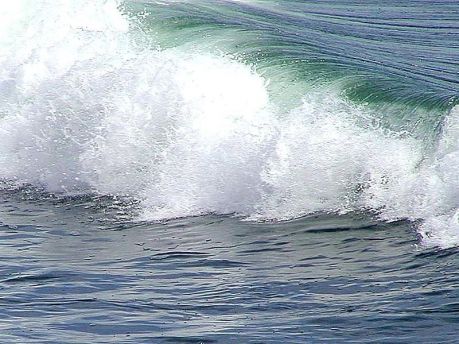
Accurate wind and wave forecasts are crucial to the day-to-day management of offshore and coastal operations and play a key role in coastal management systems. EU-funded researchers therefore developed realistic ocean wave models and incorporated them into accurate global climate forecasts.
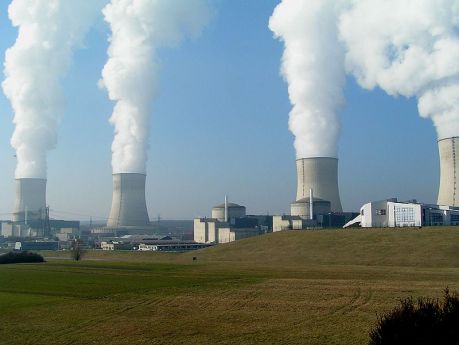
One of the main problems of the use of nuclear energy is nuclear waste management. An EU-funded project focuses on assessing the use of minor actinides from the used nuclear fuel as a fuel for next-generation nuclear reactors.
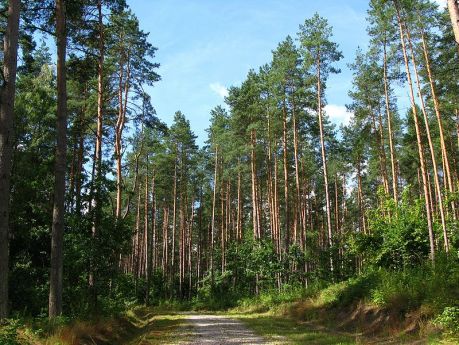
An EU research initiative sought to limit the impact of the pine wood nematode (PWN), an invasive pest that is devastating Portugal's pine forests.
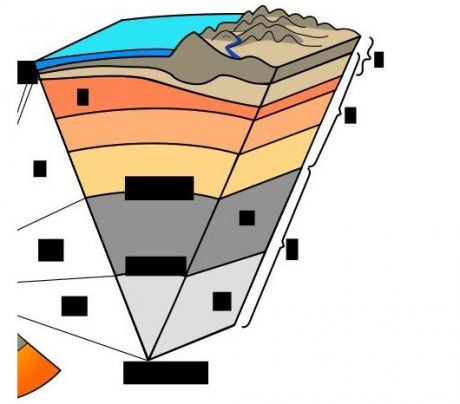
To EU-funded Earth scientists it is evident that many parts of the Earth's crust have been extracted from the underlying mantle. However, the timing of new crust formation and recycling of old crust has proven to be an elusive issue.
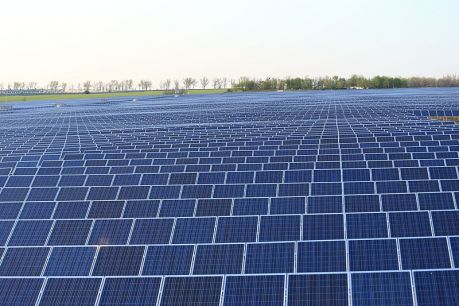
EU researchers successfully designed an innovative system for storing concentrated solar thermal energy. The developed reactor concept promises to make a real contribution to the EU's ambitious energy and climate change targets.
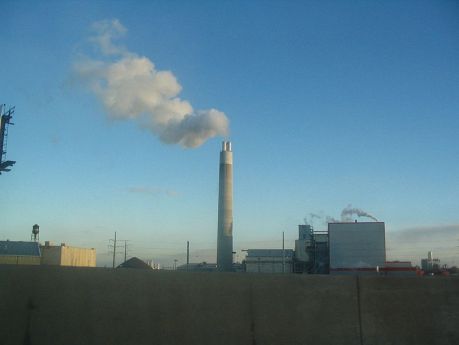
Metals released into the atmosphere from human activities pose a significant risk to ecosystems and human health. Small airborne particles with a diameter of less than 10 microns can be inhaled and then absorbed into the alveolar tissue of the lungs, resulting in damage.
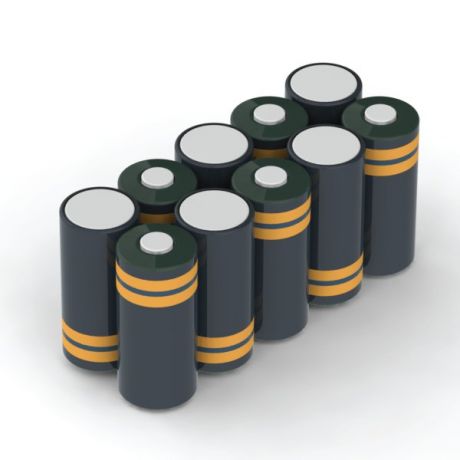
Lithium-ion (Li-ion) batteries have revolutionised portable consumer electronics from cameras to cell phones to laptops. Validated safety testing of larger, higher-energy installations has paved the way to large-scale stationary applications as well.

The Mediterranean supports a rich diversity of marine life, which is the focus of conservation efforts. An EU initiative investigated how best to designate and manage these sites for marine conservation.

An EU project considered adapting an American tax-based scheme financing green technologies for European use. The programme was effective in its native California, and the team recommended its adoption in preference to subsidy options.








